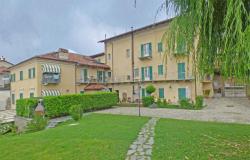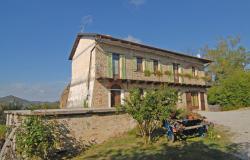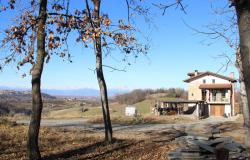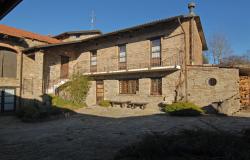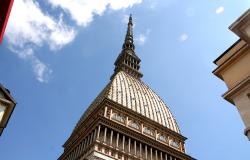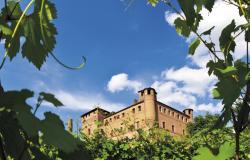 A collection of ancient Afghan treasures, believed destroyed for many years, has arrived in Turin for a stunning new show.
A collection of ancient Afghan treasures, believed destroyed for many years, has arrived in Turin for a stunning new show.
The exhibition, which opened at the weekend, showcases over 200 antiquities from four major archaeological sites dating back between 1700 and 3200 years.
The artefacts on display are considered doubly precious, as most of the world believed they had been destroyed during the successive conflicts in Afghanistan.
The National Museum of Kabul, where the finds were stored, was badly damaged and pillaged during years of fighting in the Afghan capital.
Furthermore, it was thought that Taliban from the Ministry for the Repression of Vice had deliberately smashed most of the priceless statues and other works of art, as they did with the monumental Buddhas of Bamyan in 2001.
But in 2004, the Central Bank of Kabul revealed that the majority of the treasures had been secretly smuggled out of the museum and stored in its vaults, in order to keep them safe.
Only a handful of bank officials and scholars were involved in the plan, at risk to their own life.
The treasures were removed in stages, starting in 1989, and remained hidden until 2004, when the bank decided it was safe to reveal the secret.
French and Afghan experts started work on restoring the antiquities with the help of international funds, and a selection of the pieces arrived in Paris at the end of last year.
The five-month exhibit in the French capital, which closed at the end of April, was hugely successful and is expected to attract equal attention during its only Italian stop in Turin.
The exhibit spans a period stretching from the Bronze Age, in 2200 BC, through to the Kushan Empire, which flourished between the first and third centuries AD.
Although the items on show come from a variety of eras and locations, they were all found in Afghanistan and pay tribute to the area's remarkable history.
The oldest pieces are golden vases from the site of Fullol in north Afghanistan. These once belonged to the Bactrian people, an Indo-European group who lived in an area covering modern Afghanistan, Tajikistan, and southern Uzbekistan.
The next section in the exhibit looks at the town of Ai-Khanoum, in northeast Afghanistan, which was founded in the fourth century BC following the conquests of Alexander the Great. This shows strong evidence of Greek culture and architecture.
The show goes on to examine a small selection of the 20,000 finds unearthed at the 'Tillia Tepe' or hill of gold. The six tombs, dating back 2,000 years, were discovered just before the Soviet invasion.
The items include coins, necklaces set with gems, belts, medallions and crowns, blending art from the steppes with Chinese and Greco-Roman styles.
The final section of the exhibition looks at finds from the Kushan Empire in southern Afghanistan, influenced by the Indian, Chinese and Greek worlds. The antiquities on show, unearthed at the Begram site, include ivory furniture from India, glasses, vases, bronze artefacts and Hellenistic plaster.
The president of the Compagnia di San Paolo Bank's Art Foundation, which helped sponsor the Italian leg of the show, said the finds offered a valuable insight into Afghanistan's ancient civilizations and peoples.
"This exhibit is a clear example of how the world was as integrated in ancient times as it is today, in this period of globalization," said Carlo Callieri.
"The art on display not only encompasses the historic development of Afghanistan, [...] it also shows an open world, where ideas travelled and where beauty was part of both life on earth and the afterlife".
The exhibit will be on display in Turin's Museum of Antiquities until September 23, after which it will tour a series of other European and US cities.
